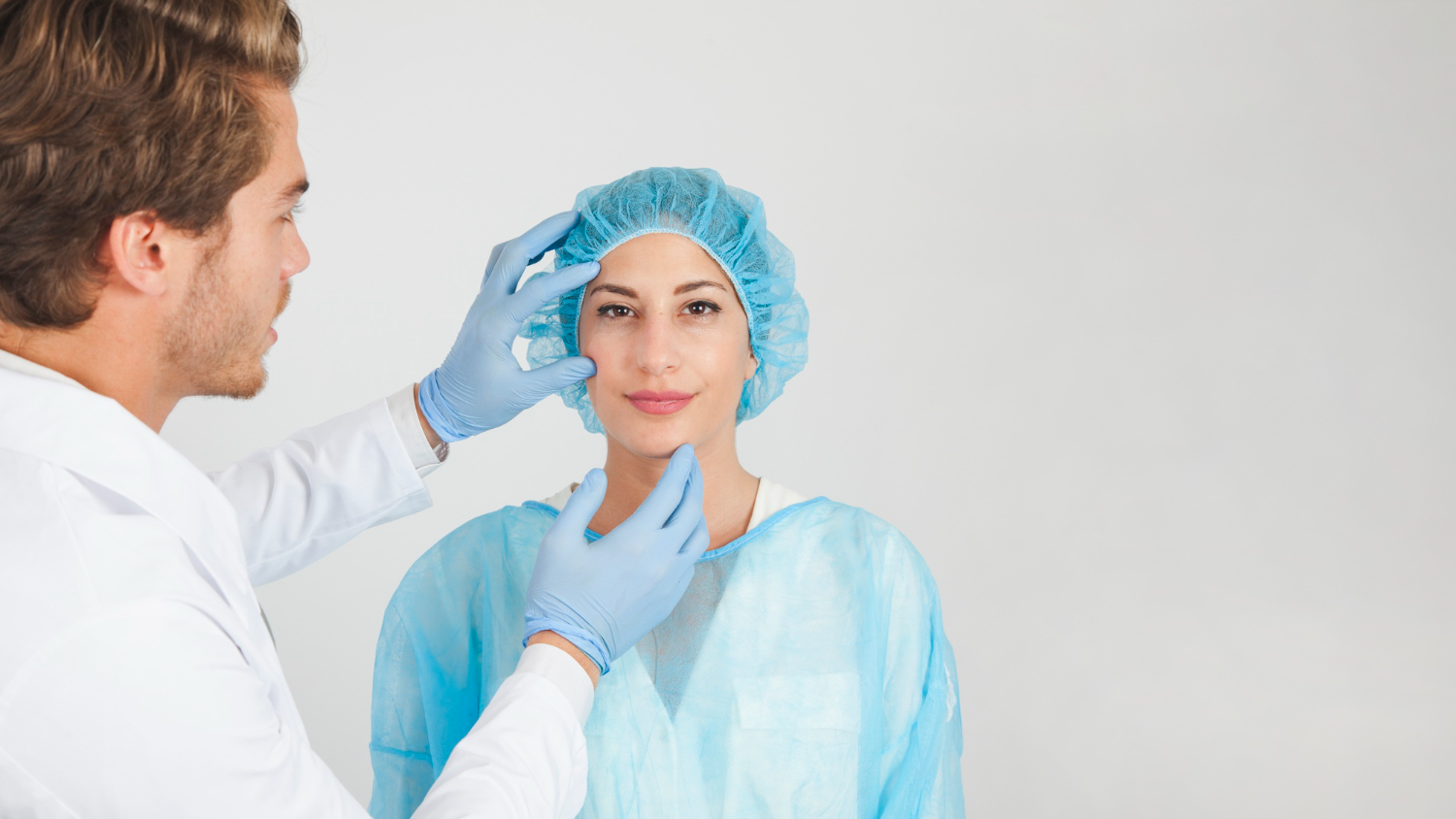
A Complete Guide to Reducing Buccal Fat
Buccal fat refers to the fat existing around your face between jawbones and cheekbones. People with large buccal fat pads...
Buccal fat refers to the fat existing around your face between jawbones and cheekbones. People with large buccal fat pads have a rounder or fuller appearance, and many seek to reduce fat in this area. To remedy this situation, Buccal Fat Removal is a recommended solution. Surgeons perform this process of thinning out the cheek area to leave your face with a permanent contour. But, not everyone is a suitable candidate for this procedure. So, before you proceed, consult with a specialist.
The right candidate for reducing Buccal Fat
The ideal candidate for Buccal Fat Removal is an individual who has a fuller face (female and male). Additionally, fulfilling the criteria mentioned below will increase your chances of being the right candidate.
- You have a sound physical condition
- You are far away from smoking and drinking
- You have a healthy weight
- Your cheeks are plump
- Your goal is to have a thinner and contoured face
- You have a rounded and small mass in the cheek because of a weak buccal fat pad
- You have realistic expectations with the surgery results
If any of these criteria apply to you, you may be a suitable candidate for this surgery. To get more information about this cosmetic surgery and to know if you are a good candidate for Buccal Fat Removal, you should consult with an experienced plastic surgeon.
Preparing for Buccal Fat Removal
As you get ready for the surgery, you will have to take certain important steps as a preparatory measure.
- Go for medical examination or lab tests as instructed by the surgeon
- Stop sun exposure, artificial tans, and tanning beds four weeks before the surgery
- Avoid taking inflammatory medicines and herbal supplements as they can cause excessive bleeding during the surgery
- Stop smoking and drinking for at least three weeks before the surgery
- Have someone take you home after the procedure
- Keep yourself hydrated with plenty of water a week before the treatment
- Remove false eyelashes (if any)
Buccal Fat Removal: The detailed procedure
The journey of Buccal Fat Removal starts with a detailed consultation with your surgeon.
Medical examination: During your initial meeting with the doctor, the expert will evaluate your physical health.
Reveal your expectations: The surgeon will ask about your desired goals. This is an important step since it helps the surgeon understand whether you are a perfect candidate.
Facial checkup for fat accumulation: The expert will also check the primary factors like fat deposits, facial structure, and other potential complications. The main procedure will begin next.
Locating the targeted area: As a crucial step for precise fat pad extraction, the doctor will mark the targeted area. With this, the expert aims for symmetric cheek hollows and maintains the balance of adjacent tissues.
Anesthesia administration: To proceed with the Buccal Fat Removal, it is necessary to administer proper anesthesia.
Incision making: After giving anesthesia and marking the area, the surgeon will make small incisions inside the mouth to avoid external scarring.
Fat extraction: After identifying the extraction area, the surgeon starts the Buccal Fat Removal surgery using specialized tools and techniques.
It is critical to note that this surgery needs high-end skills and acute precision. So, choose your surgeon carefully. Extraction of the fat more than required can give you undesired hollowing and under-extraction may give you insufficient contouring.
Recovery time after Buccal Fat Removal
Patients who go through Buccal Fat Removal need about three weeks to fully recover. In some individual cases, it may take a few days longer. However, to see the results, you may need to wait longer as your face adjusts around the absence of the buccal fat pad.
Swelling that occurs after the surgery typically subsides within a week. After two months, everything gets normal and you can start noticing the difference. In addition, you need to know several important things about the recovery process:
- Swelling and bruising are normal after Buccal Fat Removal
- Eating soft food one or two days after the surgery makes you feel comfortable
- It is good to take a break from normal activities and work. Take rest for 5 to 7 days.
- The healing incision inside the mouth may remain sore for a while. Also, the numbness around the incision will persist for a few weeks.
- Having pain around the incision site is natural. After surgery, the surgeon may suggest you take painkillers for a few days. Often, they recommend applying ice packs outside the jaw.
Things to Consider After Buccal Fat Removal
After undergoing Buccal Fat Removal, it is important to follow care instructions properly. It will minimize the complications and promote quick healing. Here are the things to follow post-surgery:
1. Follow Post-Operative Instructions
Following the surgery, your surgeon will provide specific instructions for post-operative care. The expert will tell you how to take care of the surgical site, what medicines to take, and other dietary instructions.
2. Maintain Oral Hygiene
It is important to keep your mouth fresh to prevent infection. Therefore, it is crucial to follow the surgeon's guidelines for oral hygiene. It may include rinsing your mouth gently with saltwater. During the recovery time after Buccal Fat Removal, it is better to avoid vigorous tooth brushing.
3. Avoid Alcohol and Smoking
Alcohol and smoking can impair healing and increase risks and complications. So, it is better to avoid alcohol consumption and smoking after a few days of your surgery.
4. Attend Follow-up Appointments
After undergoing Buccal Fat Removal, it is important to attend follow-up appointments with your surgeon. The expert will monitor your progress and address any complications and concerns. He will suggest the right course of action accordingly.
5. Keep an Eye on Complications
Keep your eye out for the signs of infection. If you ever experience excessive pain, bleeding, swelling, or redness, you must contact your surgeon. Also, if you struggle with fever after the surgery for a longer time, visit your surgeon.
Will the results of Buccal Fat Removal be permanent?
During Buccal Fat Removal, the surgeon removes the buccal fat pads permanently. So, they never grow back, leaving your new face structure to last longer. But, if you gain or lose weight, the structure may change accordingly. Aging after the surgery may intensify the slimming effects. It is because when people grow old, they tend to lose muscle volume and fat from their faces. Also, because of aging, skin starts to sag. But, if you take care of your face after the surgery, your face will look thinner even after you age.
Risk and side effects
Usually, cheek Reduction is a safe surgery with little to no side effects. Here are a few issues that may happen in rare cases:
- Persistent bleeding
- Facial asymmetry
- Allergic reaction to general anesthesia
- Facial drooping or numbness due to injury to facial nerves
- Infection around the treated area
- Wounded ducts or salivary glands
- Aged look on the face due to excessive fat removal
Approaching an experienced surgeon will reduce most of these side effects. Nevertheless, it is good to have realistic expectations, as both sides may not appear identical after the procedure.
Frequently Asked Questions
When can I start noticing the results?
It will take around 2-3 weeks to observe initial results. The outcomes will continue to enhance from 6-9 months.
Is it possible to perform Buccal Fat reduction in combination with another surgery?
Yes, surgeons often perform Buccal Fat Removal during a facelift, eyelid rejuvenation, or Rhinoplasty. It is common for patients and hence to enhance facial contouring.
Will the Buccal Fat Removal surgery make me appear hollow?
If you have approached an experienced and qualified surgeon, it will leave you with zero chances of a hollow appearance. Therefore, it is advisable to select a skilled surgeon to avoid incorrect treatment.
Is there any chance for Buccal Fat to subside with age?
No, your fat pad will only increase with your growing age. Patients even in their 70s may have a sizable chunk of fat in their cheeks that they would like to get away with.
Would you advise any specific thing to avoid after undergoing Buccal Fat Removal?
Yes, you should stop consuming fine and sharp granular foods after the surgery.
Wrapping up!
Opting for Buccal Fat Removal is a significant decision that needs expert guidance. However, it is a safe surgery if you undergo it under the supervision of an expert surgeon. The effects also last longer if you properly follow all the surgeon's instructions.
Before deciding to go under the knife, make sure that you are aware of all the risks, complications, and side effects related to the surgery. During your direct interaction with the plastic surgeon, make sure to talk about the overall cost of the surgery. Having prior knowledge about all these points will facilitate your decision-making in the best way.
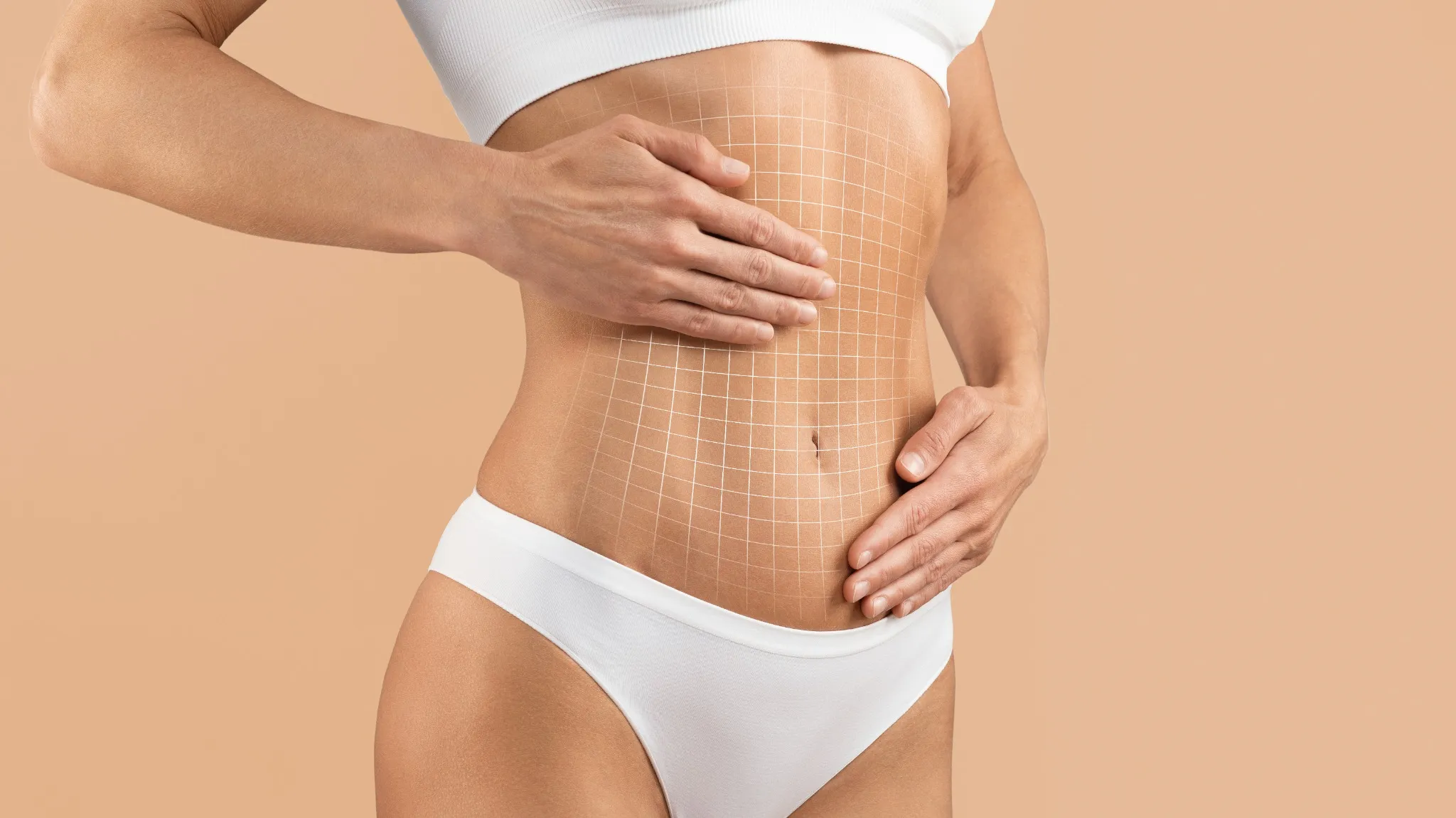
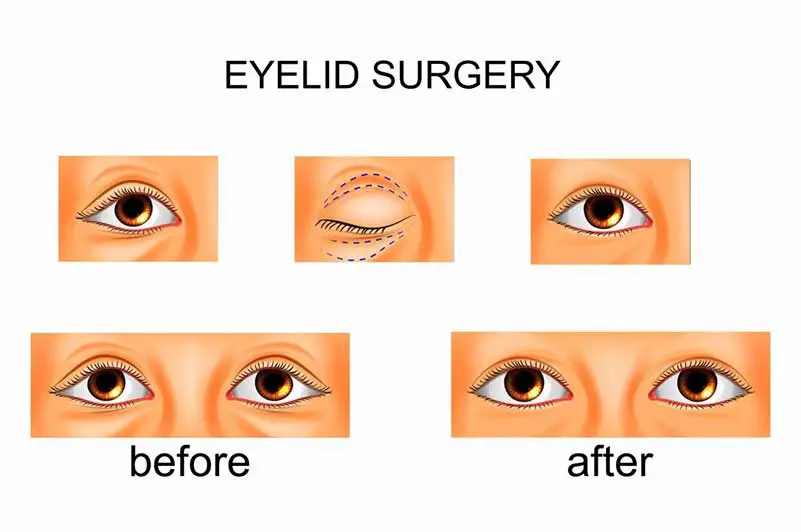
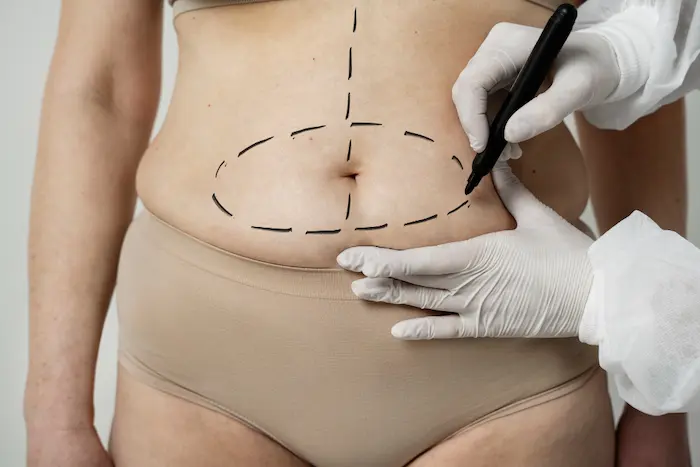
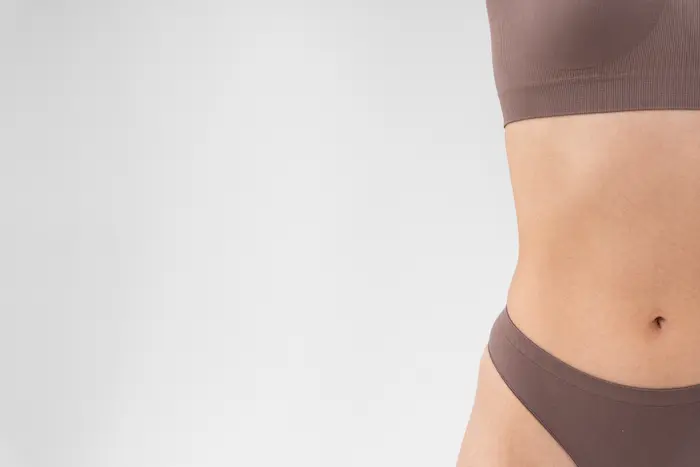
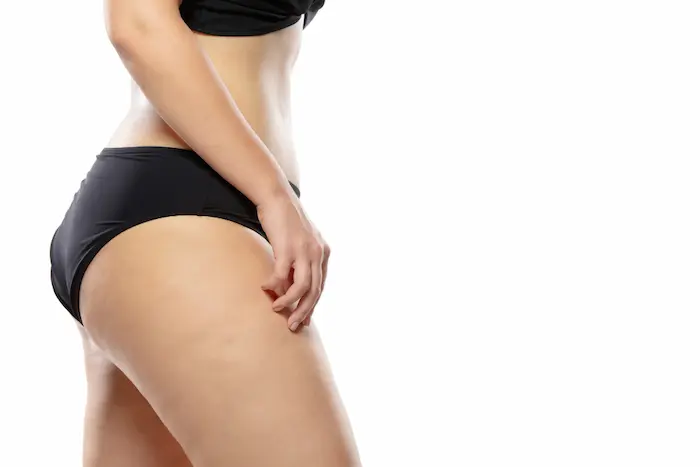

Comments
Login & Write comment